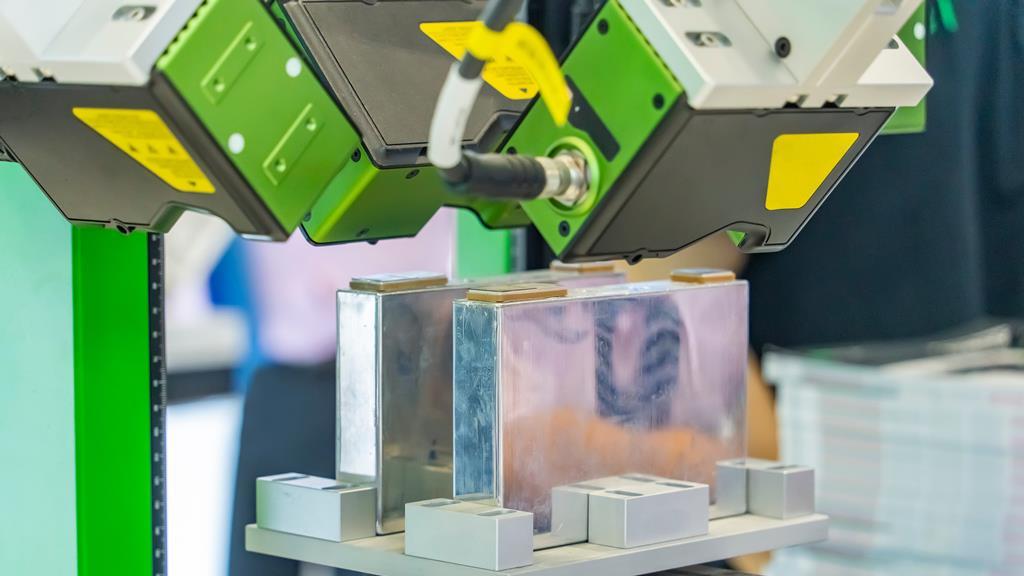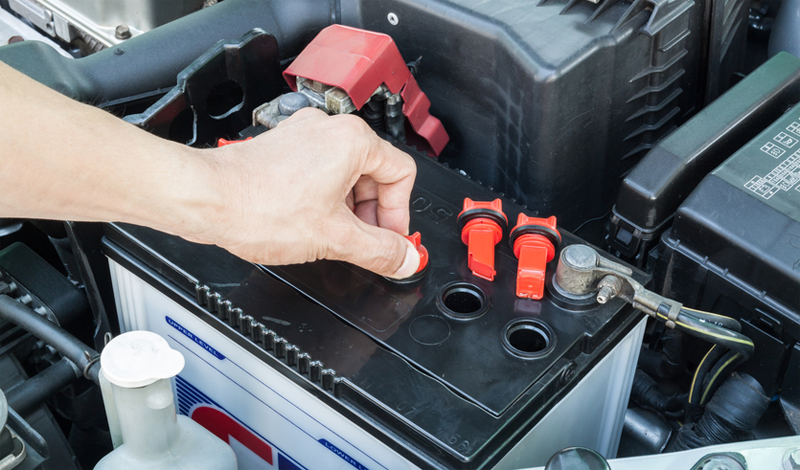
How to Restore Your Lead-Acid Battery for Long-Term Storage: A Guide for the Savvy
Hey there, battery buddies! Ever find yourself staring down a dusty old lead-acid battery in your garage, wondering if it's still got some life left in it? Well, you're in luck! This guide will walk you through how to restore your lead-acid battery for long-term storage, ensuring it's ready to power your adventures whenever you need it.
Lead-acid batteries are reliable workhorses, but they can lose their mojo if left sitting idle for too long. The good news is, with a little TLC, you can bring them back to life and keep them ready for action. Let's dive into the process!
Understanding the Battery's Plight
First things first, let's get a grasp on what happens to a battery in storage. Think of it like this: lead-acid batteries have this cool thing called "sulfation," which basically means crystals form on the plates inside the battery. These crystals are like tiny roadblocks, preventing the battery from doing its job - storing and releasing energy.
Over time, sulfation builds up, especially if the battery's been sitting around without being used. It's like a slow-motion battery drain, leaving your trusty power source feeling weak and sluggish. But don't worry, we can fix that!
The Revitalization Process: A Step-by-Step Guide
Alright, let's roll up our sleeves and give this battery a much-needed makeover. Here's how to restore your lead-acid battery to its former glory:
Step 1: Safety First!
Before we get our hands dirty, let's prioritize safety:
- Wear protective gear - gloves, eye protection, and maybe even a mask. Lead-acid batteries can release some nasty fumes.
- Work in a well-ventilated area. This will help keep those fumes away from you.
- Make sure the battery is disconnected from any power source. We don't want any unexpected sparks, do we?
Step 2: The Big Clean-Up
Now that we're safely equipped, let's give the battery a good scrub:
- Use a baking soda solution (mix baking soda with water) to clean the terminals and any corrosion you see. Baking soda is a mild abrasive and helps neutralize the battery acid.
- Use a wire brush to scrub away any stubborn corrosion. Be gentle and avoid scratching the battery case.
- Rinse the battery with water after cleaning, making sure to dry everything thoroughly. We want to get rid of any baking soda residue.
Step 3: Time for a "Boost"
Now it's time to recharge the battery and give it some much-needed energy. Here's how to do it:
- Use a battery charger designed specifically for lead-acid batteries. Make sure the charger's output voltage matches your battery's voltage.
- Connect the charger to the battery terminals, making sure the positive (+) and negative (-) connections are correct. Check your battery's manual for the recommended charging rate and duration.
- Start the charging process and monitor the battery's voltage and temperature. Some chargers come with indicators to help you track the progress.
Step 4: The "Desulfation" Trick
Ready for a little battery magic? This is where we can help break down those pesky sulfation crystals and restore the battery's capacity:
- The Low and Slow Method: This is a gentle approach. Charge the battery at a low rate (about 10% of the battery's capacity) for 24-48 hours. This slow charging helps break down the sulfation crystals gradually.
- The Pulse Charging Method: This one involves applying a series of short, high-current pulses to the battery. These pulses help break down the sulfation, but you'll need a specialized pulse charger for this method.
Which method to choose depends on the level of sulfation and your battery's condition. If you're unsure, consult your battery's manual or a battery specialist.
Step 5: The Big Test
After the desulfation process, it's time to see if your battery is ready for action. Here's how to test it:
- Use a hydrometer to measure the specific gravity of the battery's electrolyte. The specific gravity should be within the recommended range for your battery. This tells you how well the battery is holding a charge.
- Perform a load test. Connect a load tester to the battery terminals and measure the voltage drop under load. The voltage should stay within an acceptable range. This test shows how the battery performs when drawing power.
If the results of these tests are satisfactory, congrats! Your battery is ready for long-term storage.
Long-Term Storage: Keeping Your Battery Happy
Now that your battery's all charged up and revitalized, let's make sure it stays that way for the long haul:
- Store in a cool, dry place. Avoid extreme temperatures, as they can accelerate battery degradation.
- Keep the terminals clean and protected. Apply a thin layer of petroleum jelly or terminal protector to prevent corrosion.
- Top up the battery every 3-6 months. Even in storage, batteries lose a little bit of their charge over time. Give them a quick boost with a charger to maintain their health.
- Avoid deep discharges. If you do need to use the battery during storage, make sure to recharge it fully as soon as possible. Deep discharges can hasten the sulfation process.
Signs It's Time for a New Battery
Even with the best care, lead-acid batteries have a limited lifespan. Here are a few signs that your battery might be reaching the end of its road:
- Constant low voltage: If the battery consistently shows a low voltage, even after charging, it might be time for a replacement.
- Swelling or bulging: This indicates internal damage, and the battery is likely not safe to use.
- Leaking electrolyte: This is a sign of corrosion and can damage surrounding components.
- Consistent slow performance: If the battery struggles to deliver power even for simple tasks, it's probably time to consider a new one.
Wrapping It Up
There you have it! Restoring your lead-acid battery for long-term storage is a simple process that can save you money and keep your battery ready for action when you need it. Remember to be safe, follow the steps carefully, and keep a watchful eye on your battery's condition. Happy powering!












